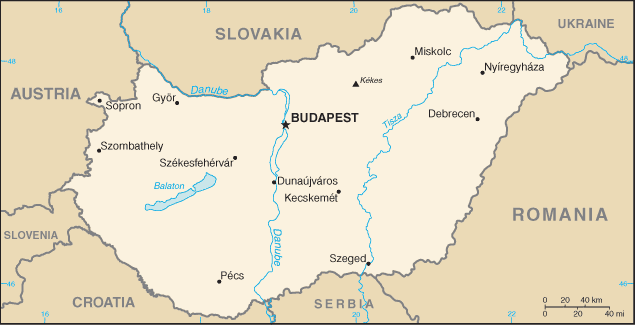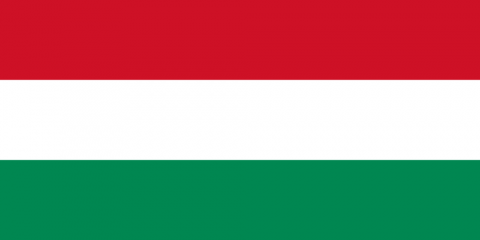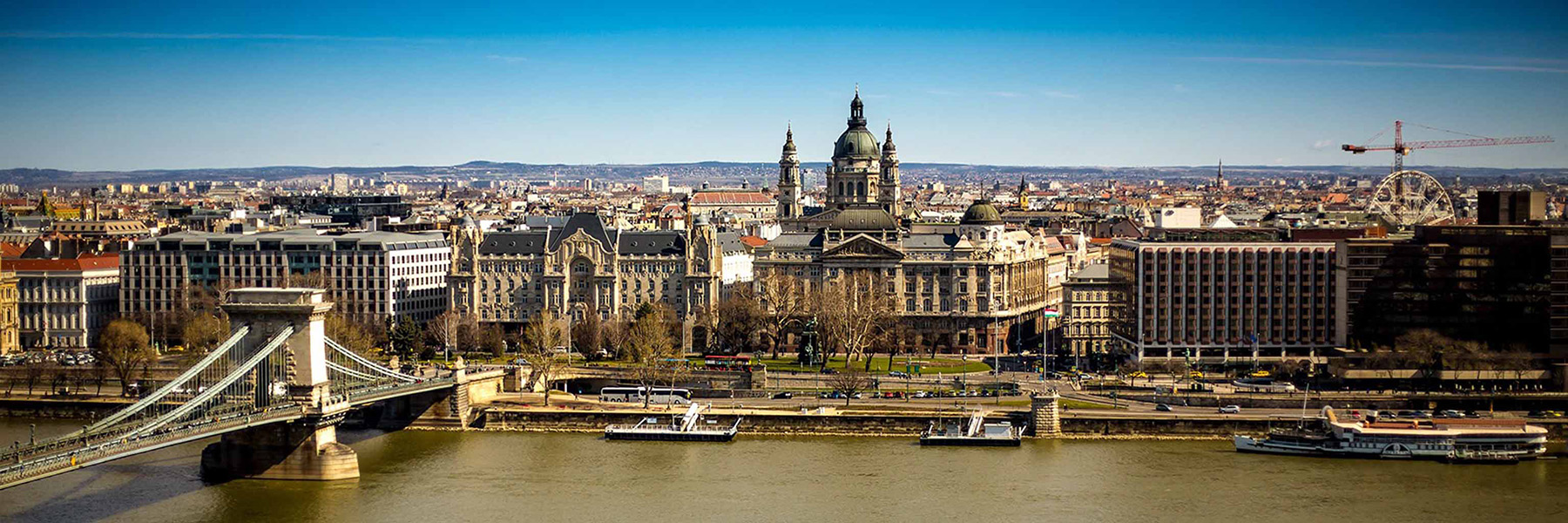Republic of Hungary


Hungary
Capital: Budapest
Population: 9,939,470
Languages: Hungarian
Hungary has historically been the western-most limit of the great Eurasian Steppe, and was the final location of numerous nomadic peoples of the steppe. Perhaps one of the best known to Westerners is Atilla, who established a multi-ethnic empire that challenged Rome in the fifth century. However, numerous other peoples from the steppes settled in Hungary, including Avars, Magyars and Qipchaqs.
Hungary became a Christian kingdom in A.D. 1000 and, for many centuries, served as a bulwark against Ottoman Turkish expansion in Europe. The kingdom eventually became part of the polyglot Austro-Hungarian Empire, which collapsed during World War I. The country fell under Communist rule following World War II. In 1956, a revolt and an announced withdrawal from the Warsaw Pact inspired by Khrushchev’s ‘Secret Speech’ in which he denounced Stalin, were met with massive military intervention by Moscow. Under the leadership of János Kádár in 1968, Hungary began liberalizing its economy, introducing so-called “Goulash Communism.” Hungary held its first multiparty elections in 1990 and initiated a free market economy, joining NATO in 1999 and the EU five years later. In 2011, Hungary assumed the six-month rotating presidency of the EU for the first time.


